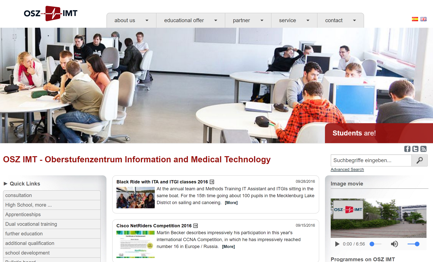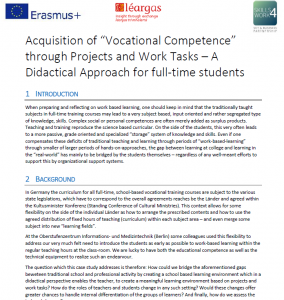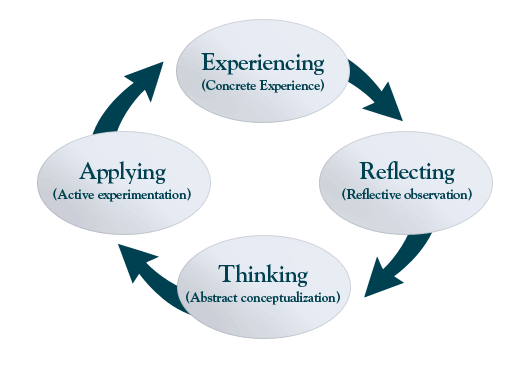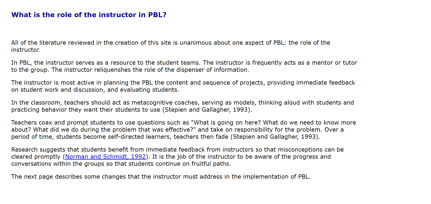Introduction
In this section we have provided you with links to two case-study documents from OSZ IMT, the Berlin College of Further Education for Information Technology and Medical Equipment Technology. They both are entitled “Vocational Competence” through Projects and Work Tasks. The College had developed two versions of the case-study for the project and we have used the longer version to illustrate how you might engage with the case-study.
Acquisition of “Vocational Competence” through Projects and Work Tasks – short format
Acquisition of “Vocational Competence” through Projects and Work Tasks – long format
This case-study captures the practices in use within the College to develop and assess vocational competences and we have linked to other resources such as the Skills4Work blog and external resources, such as Web documents and YouTube videos.
The case-study is a stand-alone resource but we have provided examples of how other resources can supplement this content. We have created 6 tasks around the content contained in the longer case-study document and we have developed some leading questions to support reflect reflection.
We have added to the case-study content by including relevant references to the Skills4Work blog and to external resources, such as documents and YouTube videos.
Learning Experience
Learners are encouraged to interact with the various content elements and to reflect on their current professional practice in light of the materials presented here. OSZ has captured their concrete experiences in relation to equipping learners with vocational competences and we would like you to reflect on these practices and to think how you might change your professional practices in light of this experience. We are aware that you may need to work with others and with management to bring these changes about.
Ultimately we would like you and your learning organisation to implement some changes to your current WBL practices and to see what impact they have. This is an ongoing process that all good learning organisations engage in.
Intended Learning Outcome
- That learners develop real-life vocational competences
- That learners are actively engaged in developing their vocational competences
- That teachers and organisations reflect on their current practices in relation to developing vocational competences
- Implement some changes to your current professional practice in this area
Case-study
Please review the case-study and having reviewed the text please take some time to consider the questions that we have developed for you to consider:
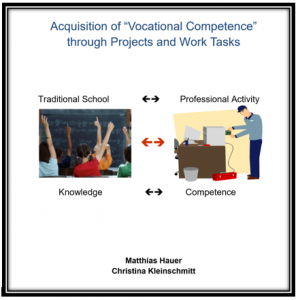
Task 1: Objectives of the Project and Work Tasks (PWT)
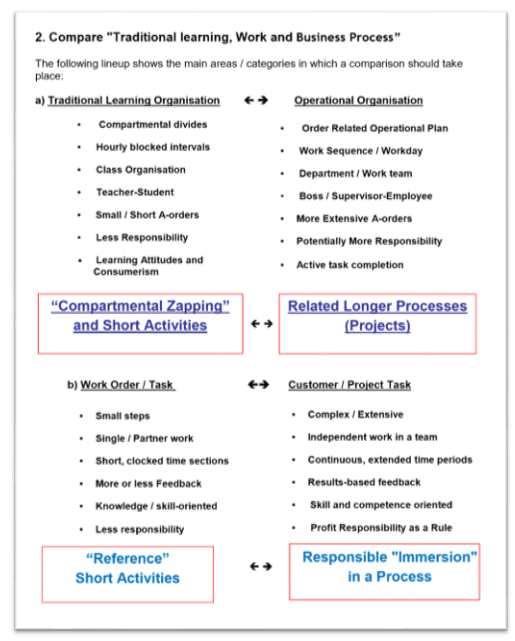
- Review pages 2 to 4
- You may also wish to interact with some of the additional resources we have included below also.
- Consider do your learners currently engage in Work Tasks and if they do, how do these tasks equip them with necessary vocational competences they require?
- If your organisation does not currently provide opportunities for learners to engage in PWT, consider why this is the case and is it something that could be introduced in the very near future?
Additional Resources
Task 2: What Competences do your learners need to develop?
Review pages 5-7
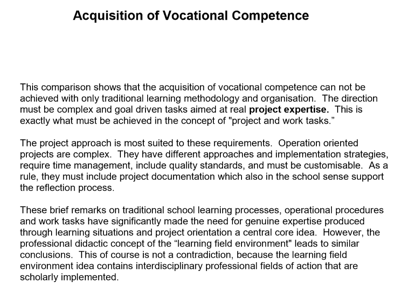
Task
- Reflect on how you currently design learning activities within your learning environment
- Have you and your colleagues identified the key vocational competences that learners require?
- Are these competences explicit?
- Do you work with colleagues to design integrated learning activities?
- Do learners have opportunities to apply their knowledge and skills in real-world scenarios within the learning environment?
- Have you and your colleagues identified the key vocational competences that learners require?
- Consider how you and your colleagues might design more integrated learning activities so that learners can develop a range of vocational competences within the learning environment.
Task 3: Design Projects and Work Tasks
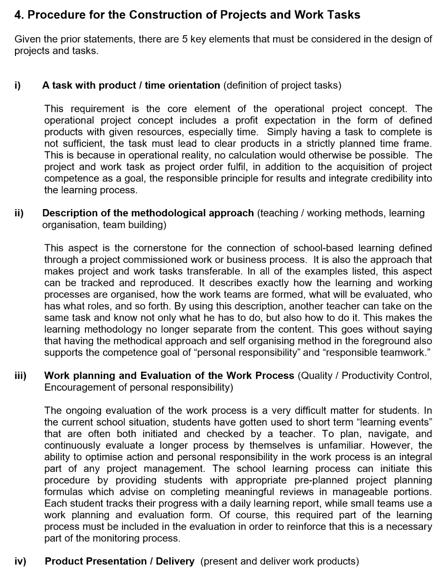
Task
- Review the 5 elements that should be considered in the design of a PWT (see page 8 & 9)
- With colleagues select a set of vocational competences that you wish to develop using PWT
- Design and implement a PWT task
- Consider a problem or challenge that learners could undertake?
- Consider how learners might tackle this problem – what resources might they need and if these are available to them?
- Consider what a possible solution to this problem might look like and how learners might go about implementing it?
- Design a solution and establish if it does work
- Having designed the solution, ensure that it is professionally executed and how this might be verified
- Evaluate the solution and see if it could be enhanced in the future
- Having tested this task, trial it with a group of learners and monitor how learners engage with the process and capture their feedback at each stage of the process.
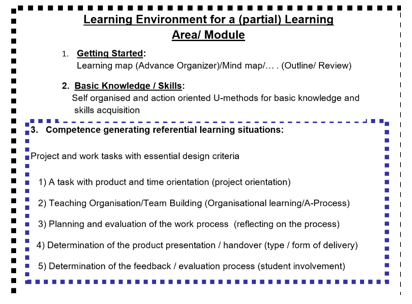
See pages 10-12 for further information on designing a PWT.
Task 4: Consider your role and that of your learners in Project and Work Tasks
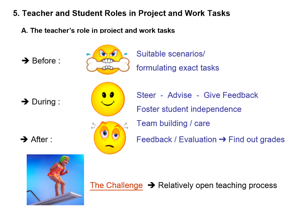
Review pages 13 to 14
Task
- Take a moment to reflect on your current teaching approaches:
- Are they predominantly teacher led sessions or do you employ relatively open teaching processes?
- Do you design project and work tasks for your learners?
- Do you perform in the role of a guide or a facilitator during certain learning activities?
- Do you give learners control over their own learning?
- Reflect on the role your learners typically perform in your learning environment?
- Can they work in teams?
- Can they select the tasks or challenges they wish to engage in?
- Do they have opportunities to work on real-world problems?
- If so, how they engage with such activities?
- Note the Pros and Cons of employing such a learning model within your learning organisation and identify an area where it might work well.
- Consider the potential advantages of designing and implementing such a model of learning
- Consider the challenges such a model of learning may pose for you, your learners and your organisation
Additional Resources
If you would like to further explore the fundamentals of PBL and the role of the teacher/instructor in see the following resource from Stanford University
Task 5: Becoming a Vocational Learning Organisation
Review page 15
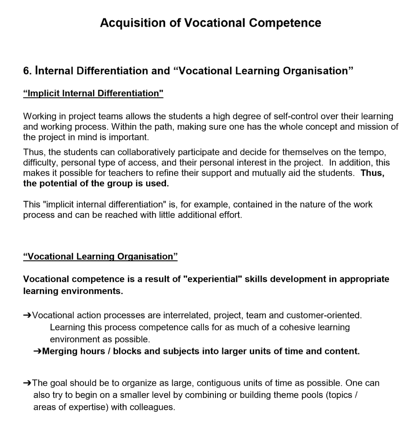
Task
Take a moment to review the text on page 15 and consider the following:
- Do you work in a vocational learning organisation?
- If so, what are the elements that make you a learning organisation?
- How might your organisation become a learning organisation?
- What elements should be present to become a learning organisation?
- Where might your organisation start in terms of becoming a learning organisation? In responding, consider the following:
- How learners are timetabled?
- How units of learning are organised in terms of time and content
- How do learning staff interact with each other – are there opportunities to work in teams (built around areas of expertise)
- What would be required to re-imagine learning within your organisation so it looks more like the description on page 15?
Additional Resources
Task 6: Assessing the Individual and the Team
Review pages 16 – 19
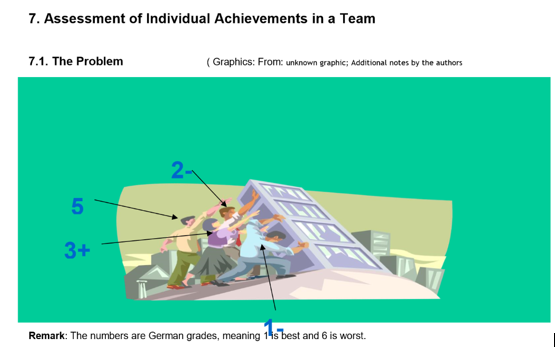
Consider the following statement:
Task
- Reflect on how you currently assess learners’ work –
- Is this done individually or in teams?
- If carried out in teams, what are the challenges for you and the learners?
- Consider the solution proposed on page 17:
- Have you encountered challenges in assessing group work?
- Could such a solution work in your institution?
- Consider the template on page 19
- Could such a tool work in your organisation?
- Would learners have the competence to assess each other?
- Working with colleagues could you pilot such an approach within your organisation to observe it in practice?


